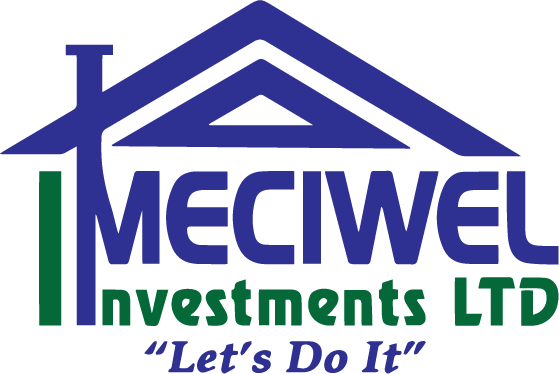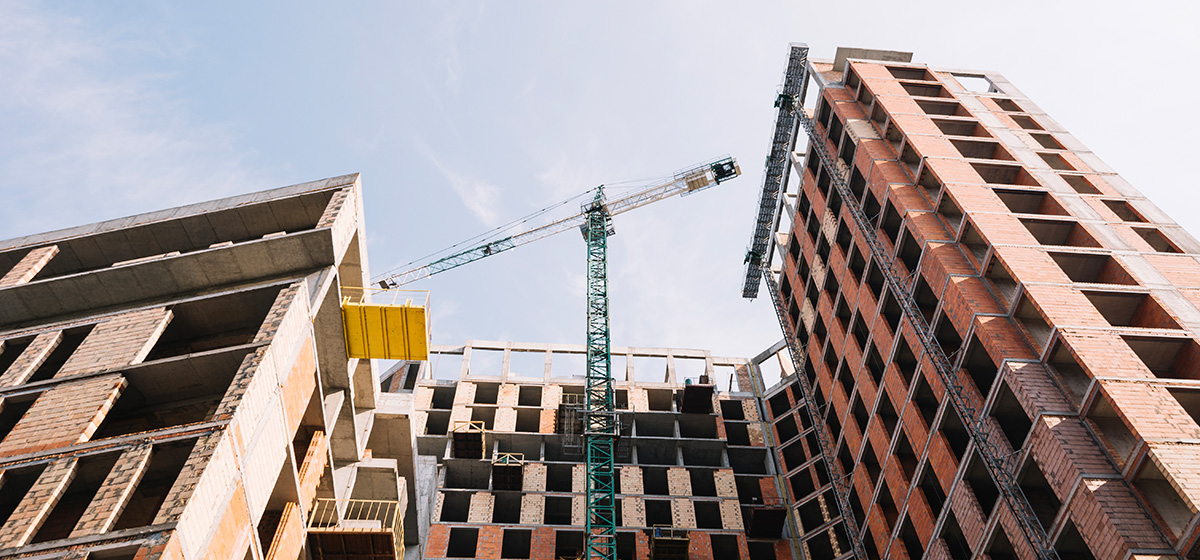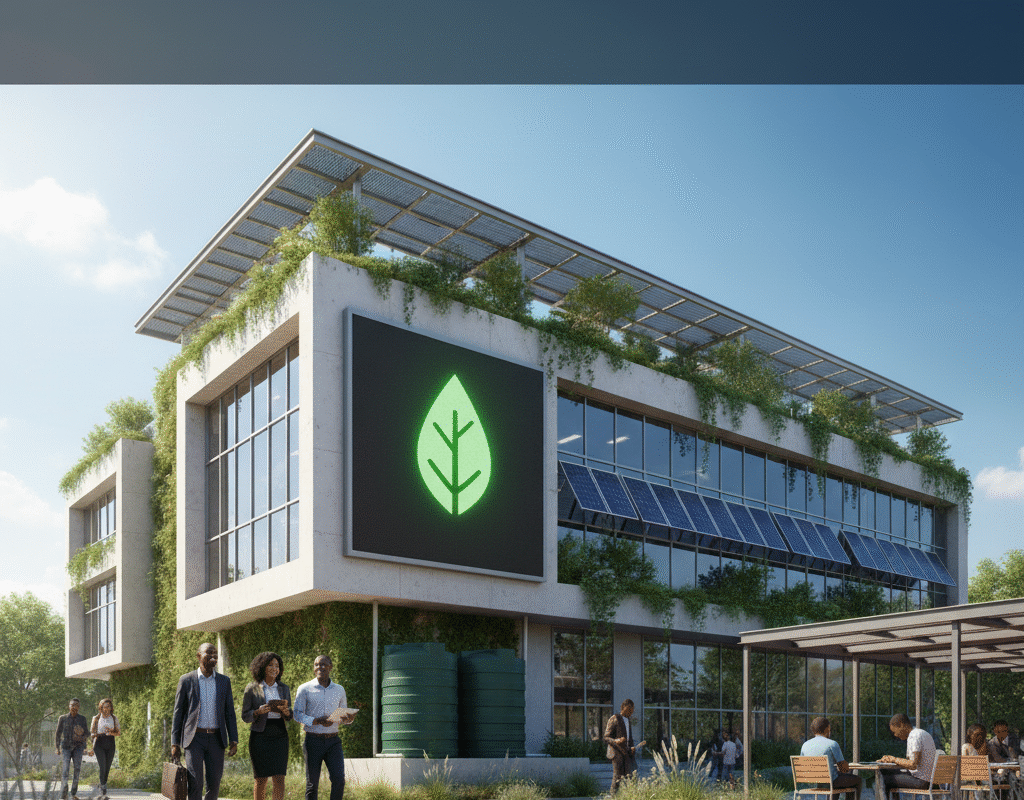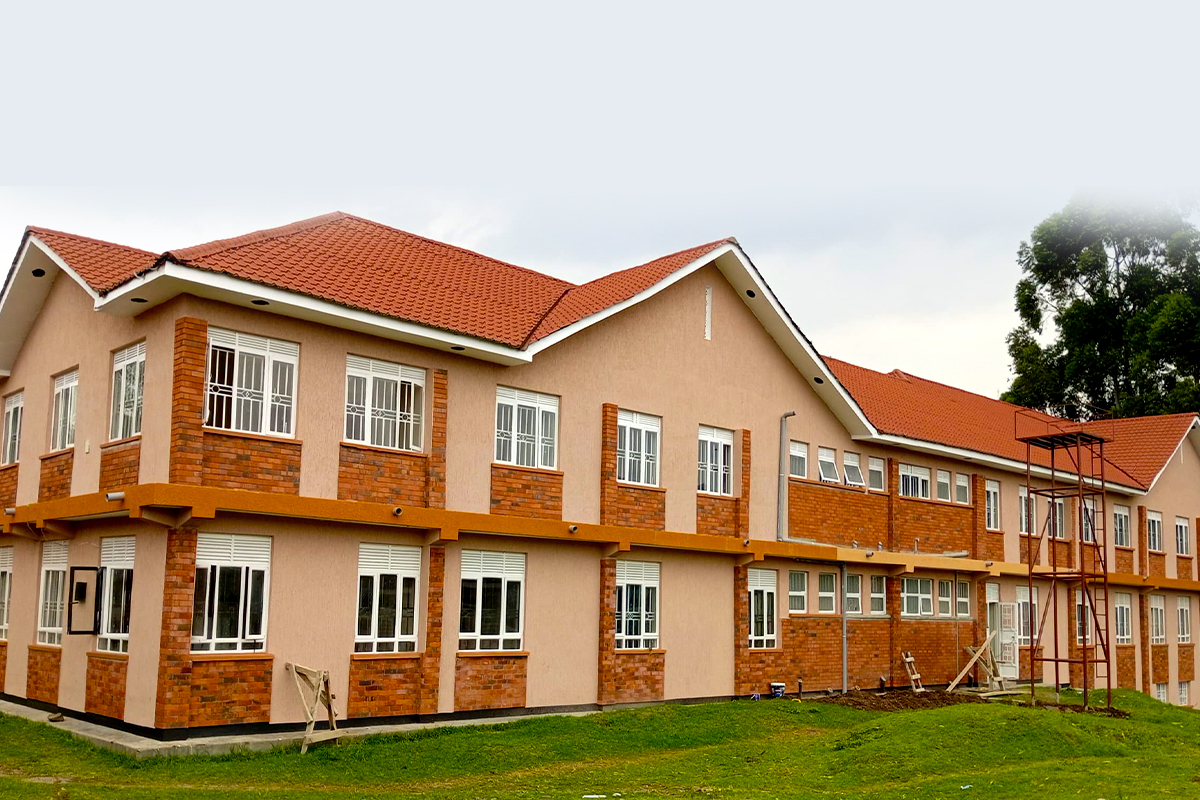Remodeling a building is more than just updating its look; it’s about enhancing functionality, increasing property value, and ensuring that the structure meets modern standards. Whether you own a residential property in Kampala, a commercial space in Mbarara, or an office in Entebbe, careful planning is key to a successful remodeling project.
1. Assess Your Current Structure
Before any construction work begins, it’s essential to evaluate your building’s existing condition. Check the integrity of walls, roofing, plumbing, and electrical systems. In Uganda, many older buildings were constructed decades ago, so this step ensures you identify areas that may need reinforcement or replacement. Hiring a qualified civil or structural engineer can save you time and money in the long run.
2. Define Your Remodeling Goals
Are you remodeling to modernize your space, expand capacity, improve energy efficiency, or comply with local building regulations? Clearly defining your objectives helps guide design decisions and budget allocation. For example, homeowners in urban areas like Kampala may focus on open-plan designs and natural lighting, while commercial property owners might prioritize additional office space or customer-friendly layouts.
3. Plan Your Budget Carefully
Cost planning is crucial. In Uganda, construction materials and labor can fluctuate in price, so it’s important to build a buffer into your budget. Factor in costs for permits, labor, materials, and potential unforeseen repairs. Working with a trusted construction company like Meciwel Construction ensures transparency and helps prevent budget overruns.
4. Choose the Right Materials
Select materials that are durable and suited to the Ugandan climate. For instance, concrete, treated timber, and weather-resistant roofing materials are ideal for buildings exposed to heavy rains. Using locally sourced materials can reduce costs and support Ugandan suppliers.
5. Hire Qualified Professionals
Successful remodeling requires skilled professionals—architects, engineers, and contractors who understand local building codes and environmental considerations. In Uganda, licensed contractors ensure compliance with the National Building Regulations and minimize risks related to safety and quality.
6. Focus on Sustainability and Safety
Modern remodeling projects should incorporate energy-efficient lighting, water-saving fixtures, and proper ventilation. Additionally, safety measures—like fire exits, secure staircases, and safe electrical installations—are critical to protect occupants. Companies like Meciwel Construction prioritize sustainable and safe construction practices in every project.
7. Execute and Monitor the Project
During construction, maintain regular communication with your contractor and monitor progress against your plan. This ensures quality workmanship and timely completion. Be flexible but vigilant, addressing any issues immediately to avoid delays or additional costs.
Conclusion
Remodeling your building in Uganda can dramatically improve its usability, aesthetics, and market value. By carefully assessing your property, defining your goals, planning your budget, choosing the right materials, and working with skilled professionals, you can transform any space into a modern, functional, and safe environment.
Whether upgrading your home or expanding your business premises, a well-executed remodeling project provides long-term benefits, making it a worthwhile investment for Ugandan property owners.




